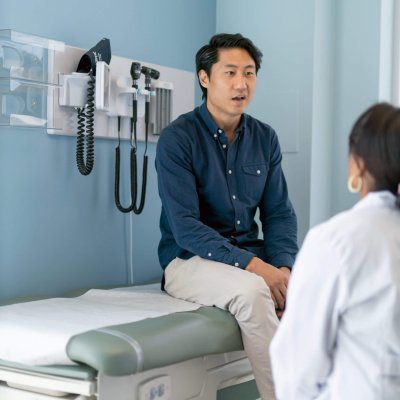Inspire therapy is an innovative new obstructive sleep apnea treatment for patients who are unable to obtain consistent improvement with the use of CPAP.
The Inspire System is fully implanted, and does not require wearing any external devices during sleep. Minute electrical impulses are delivered to selected nerve branches innervating the tongue musculature with each inspiration. The stimulation activates the extensor muscles of the tongue to move the tongue forward and open the pharyngeal airway. Through the process of entrainment, the soft palate is also moved forward providing further airway opening.
Inspire therapy is specifically indicated in patients with:
In addition, each patient must have a sleep endoscopy exam to evaluate the pattern and location of airway collapse to ensure that they are a good candidate for Inspire therapy.
The Inspire system was approved by the FDA in 2014. At this point in time over 1600 patients have been implanted in the United States.
The device is implanted in an outpatient procedure. There are three components to the system:
- A sensing lead
- The IPG (stimulus generator) unit
- A stimulating lead
The sensing lead is placed in the right lateral chest wall, between the external and internal intercostal muscles, ideally in the 5th intercostal space. This lead is a pressure sensor able to detect the intrathoracic pressure drop indicating inspiration is beginning. The IPG unit is placed in the right anterior chest wall, superficial to the pectoralis fascia. The stimulating lead is placed around the branches of the hypoglossal nerve which have been determined through intraoperative observation and EMG recording to supply the extensor and stiffener muscles of the tongue.
The patient may resume light activity on post op day one and full activity as tolerated 10- 14 days post op.
A one month healing period is allowed for healing prior to device activation. The patient is provided with a remote control so the device can be activated for sleep and deactivated during waking hours.
Postoperative complications have been rare, but have included postoperative infection necessitating device removal, pneumothorax, device migration requiring revision surgery, and tongue abrasion with device utilization. Tongue abrasion has been successfully managed with the use of a dental protector.
Several studies with 1 and 3 year follow up are available for review. Overall these studies show an average reduction of the AHI of >70%, cessation of snoring reported by >80% of bed partners, and >80% consistent usage by implanted patients. These findings remain stable at 3-year follow-up. There is no indication that increasing levels of electrical stimulation are required to maintain these results.







